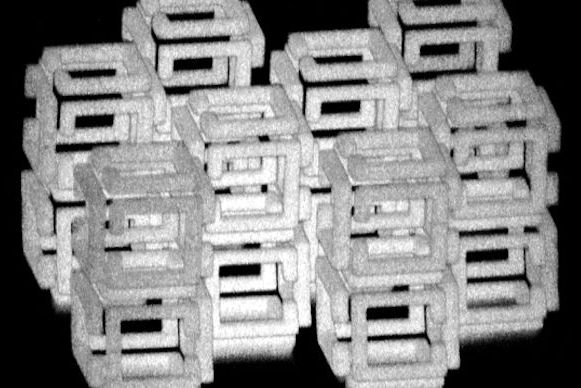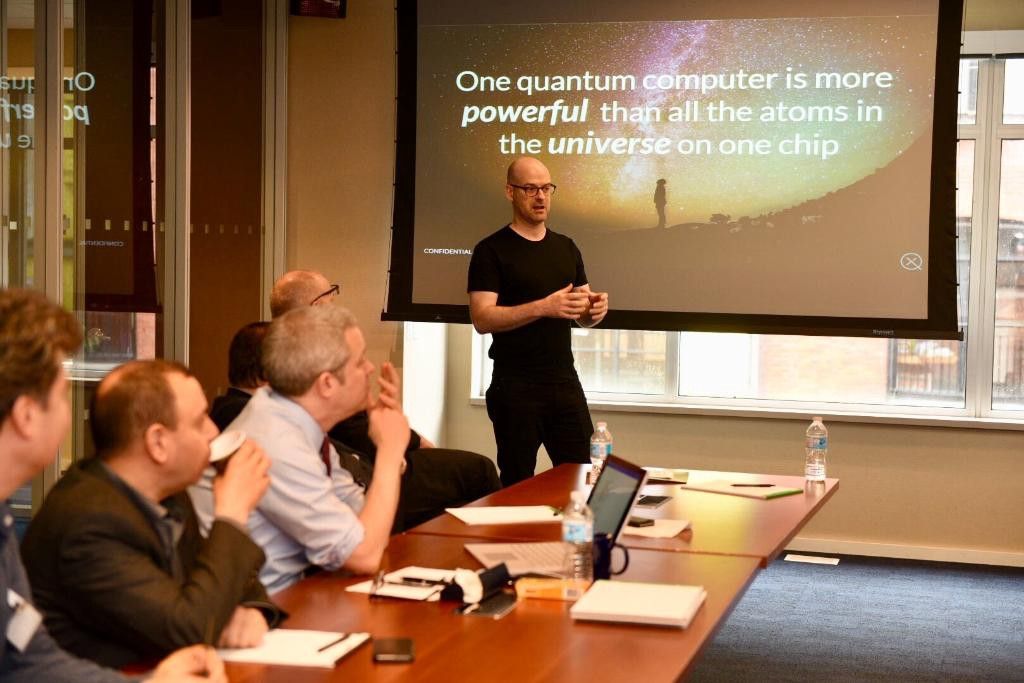Dec 17, 2018
First Successful Pig-to-Baboon Heart Transplant Heralds Human Trials
Posted by Mike Ruban in category: biotech/medical
“It shows that we can successfully prevent rejection,” said Mohuiddin.
One single previous attempt at replacing the function of a baboon heart with that of a pig ended after only 57 days, after which the heart failed and the recipient died.
The new work, led by Dr. Bruno Reichart and others at LMU Munich, aimed to push that limit.

















